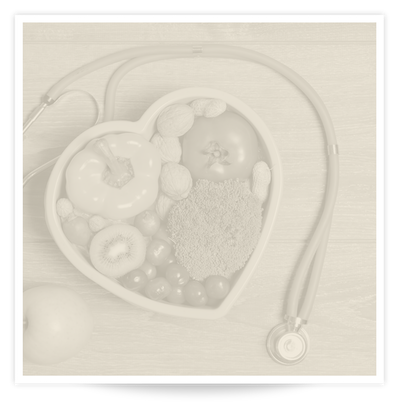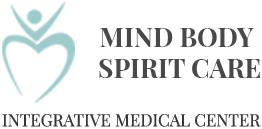
Religion and medicine have been closely linked for over 8000 years. In the last 400 years they have been separated, and medicine became a technical fixing of the body or the brain chemistry.
Only in the past few years has it been more generally known that faith has an impact on physical and mental health, the meaning of illness and suffering, and the choice of health care services. There are now many studies that document the benefits of faith in transformational healing. Spirituality is now taught and studied in many medical schools.
Spirituality is whoever or whatever gives guidance, meaning, and purpose to one’s life. Everybody has a spirituality, and some people have a religion.
Healing involves the restoration to wholeness by realigning with the omnipresent true source and all of creation. The process of remembering and reconnecting with our true spiritual metaphysical source of existence brings about a sense of meaning and energy, which many report to be healing.
Many religions and cultures have used transformational rituals that invoke faith and spiritual interconnectedness to bring about healing.
Spirit is defined by the New Oxford American Dictionary as “the nonphysical part of a person that is the seat of emotions and character; the soul. Such a part regarded as a person’s true self and as capable of surviving physical death or separation”.
From Anglo-Norman French, from Latin spiritus breath, spirit, from spirare breathe.
Tools for Spiritual Connection and Healing:
Faith prayers – used in many religions for healing (defined in the New Oxford dictionary as ‘solemn request for help or expression of thanks addressed to God or an object of worship, an earnest hope or wish)
Breath techniques – Most traditions use the power of breath as a connection to our source. (Indian pranayama yoga techniques use the power of breathing life force to expand the individual energy into the cosmic energy) . The English word ‘respiration’, referring to breathing has at its root in the word spirit. In Hebrew the word for spirit is Neshama, while the word for breath is Neshima – a single vowel separates the two. The word for Holy Spirit in Hebrew is Ruach Hakodesh which means the holy wind (as the air that moves through the wind pipe, or our breath that unites us with the Creator’s initial creation of the universe).
Connecting with our heart and evoking the emotion of unconditional love and compassion has been shown to be a most powerful force for a positive transformation and healing. (This technique is often used in Tibetan practice of compassion – see many books on the subject by the Dalai Lama)
Rituals that invoke our true source, release negative energies and beliefs, and end with invoking a positive desired outcome as if it has already occurred are common in many spiritual practices. (e.g. in the kabbalah tradition – the Ana Becoach prayer)
Various physical sensory deprivation methods intended to shut out the physical world in order to connect with the nonphysical spiritual realm include: silent retreats, closing of the eyes or prolonged exposure to darkness, and fasting. (these tools are used in many Indian yoga practices)
Physical sensory stimulation methods can be used to connect with our source – chanting, dancing, visual stimuli of fire and lights, drumming and music or sounds, and the smell of incense and aromatic herbs and oils (as in African and American shamanic rituals)
Group and community relationship connection activities that bring purpose and meaning can be transformative and healing.
Vibrational Energy Medicine techniques such as qigong, reiki-tumu, and healing touch therapies are often incorporated into holistic practices of medicine.

